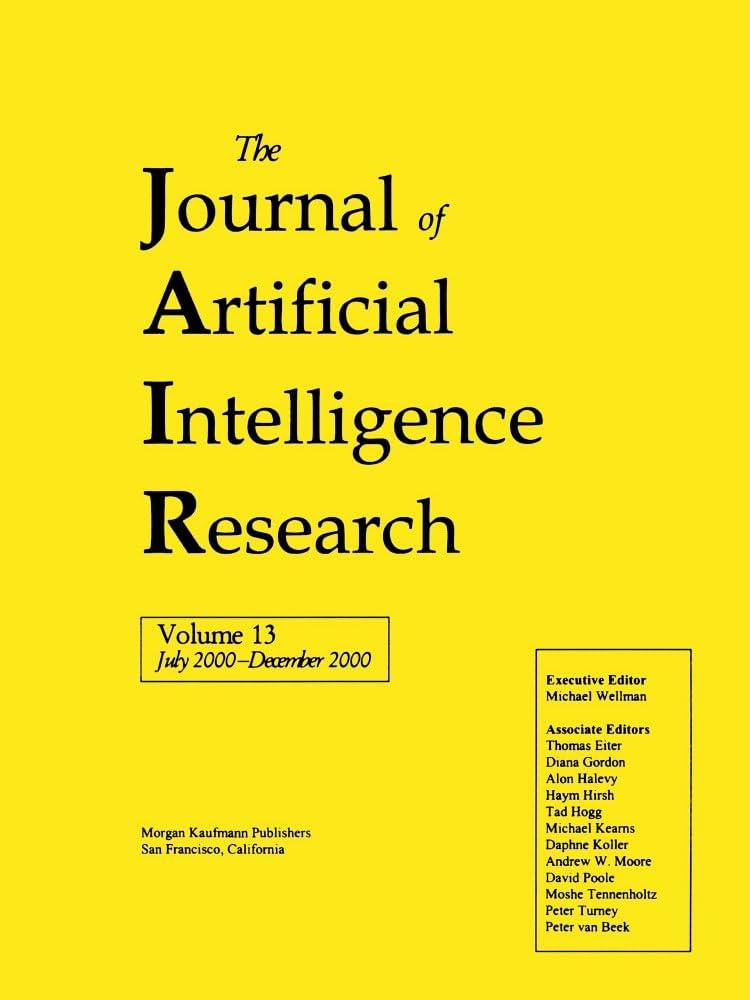C-Face:基于比较脸幻觉的低分辨率人脸识别
IF 4.5
3区 计算机科学
Q2 COMPUTER SCIENCE, ARTIFICIAL INTELLIGENCE
引用次数: 1
摘要
人脸幻觉是一种从低分辨率(LR)输入生成高分辨率(HR)人脸图像的任务,是一般图像超分辨率的一个分支。然而,以往的方法大多只考虑视觉效果,忽略了如何保持脸部的身份。在这项工作中,我们提出了一种新的人脸幻觉模型,称为C-Face网络,该模型可以在保留身份信息的同时生成高视觉质量的HR图像。在训练过程中,使用人脸识别网络提取身份特征。为了使重构后的人脸图像最大程度地保留身份信息,提出了一种新的度量,即C-Face loss。我们还提出了一种新的训练算法来处理收敛问题。此外,由于我们的工作主要关注输出的识别精度,因此我们将人脸识别融入到人脸幻觉过程中,确保了模型可以在真实场景中使用。在两个大规模人脸数据集上的大量实验表明,与其他最先进的方法相比,我们的C-Face网络具有最佳性能。本文章由计算机程序翻译,如有差异,请以英文原文为准。
C-Face: Using Compare Face on Face Hallucination for Low-Resolution Face Recognition
Face hallucination is a task of generating high-resolution (HR) face images from low-resolution (LR) inputs, which is a subfield of the general image super-resolution. However, most of the previous methods only consider the visual effect, ignoring how to maintain the identity of the face. In this work, we propose a novel face hallucination model, called C-Face network, which can generate HR images with high visual quality while preserving the identity information. A face recognition network is used to extract the identity features in the training process. In order to make the reconstructed face images keep the identity information to a great extent, a novel metric, i.e., C-Face loss, is proposed. We also propose a new training algorithm to deal with the convergence problem. Moreover, since our work mainly focuses on the recognition accuracy of the output, we integrate face recognition into the face hallucination process which ensures that the model can be used in real scenarios. Extensive experiments on two large scale face datasets demonstrate that our C-Face network has the best performance compared with other state-of-the-art methods.
求助全文
通过发布文献求助,成功后即可免费获取论文全文。
去求助
来源期刊

Journal of Artificial Intelligence Research
工程技术-计算机:人工智能
CiteScore
9.60
自引率
4.00%
发文量
98
审稿时长
4 months
期刊介绍:
JAIR(ISSN 1076 - 9757) covers all areas of artificial intelligence (AI), publishing refereed research articles, survey articles, and technical notes. Established in 1993 as one of the first electronic scientific journals, JAIR is indexed by INSPEC, Science Citation Index, and MathSciNet. JAIR reviews papers within approximately three months of submission and publishes accepted articles on the internet immediately upon receiving the final versions. JAIR articles are published for free distribution on the internet by the AI Access Foundation, and for purchase in bound volumes by AAAI Press.
 求助内容:
求助内容: 应助结果提醒方式:
应助结果提醒方式:


